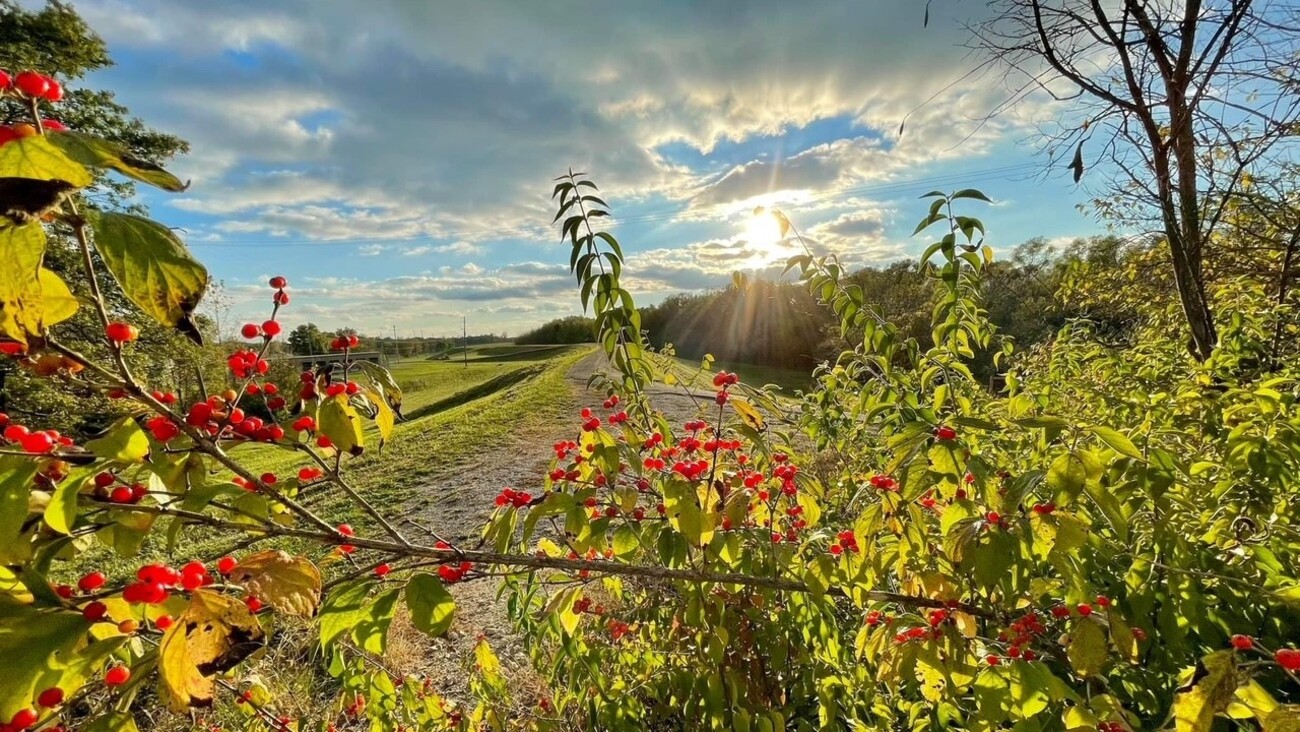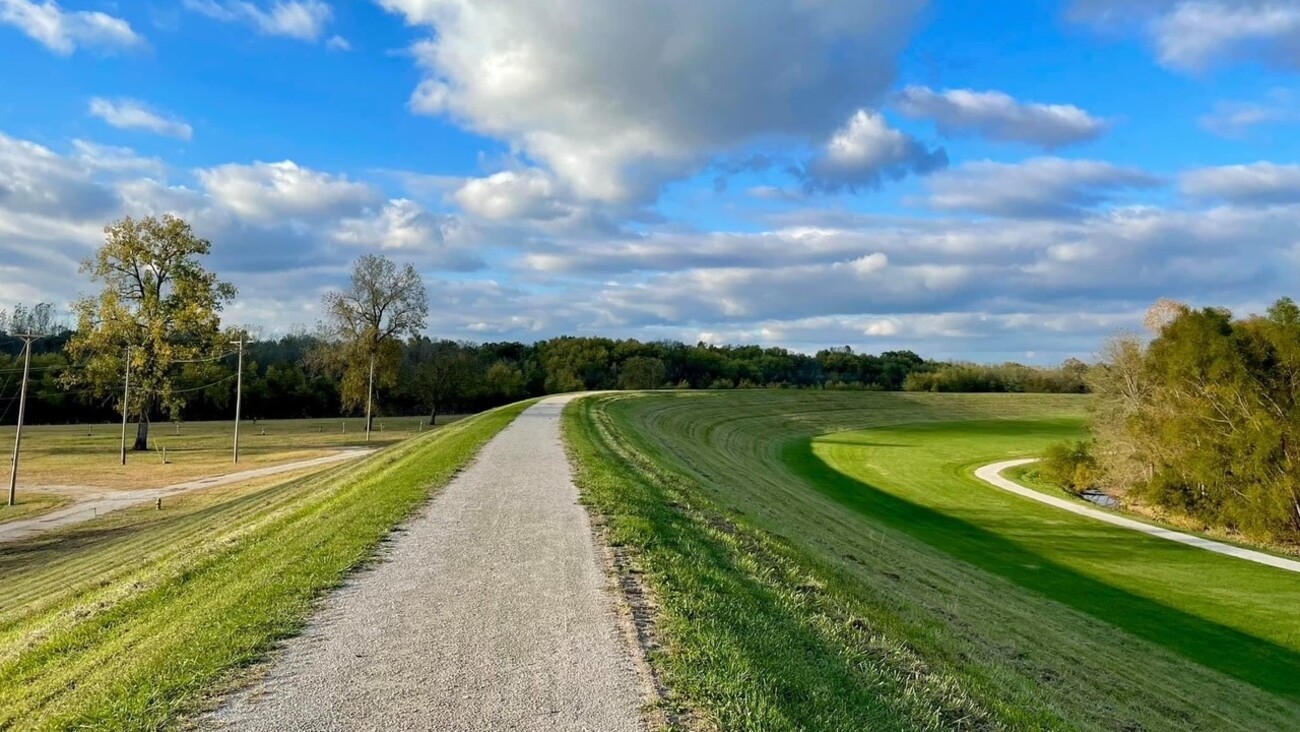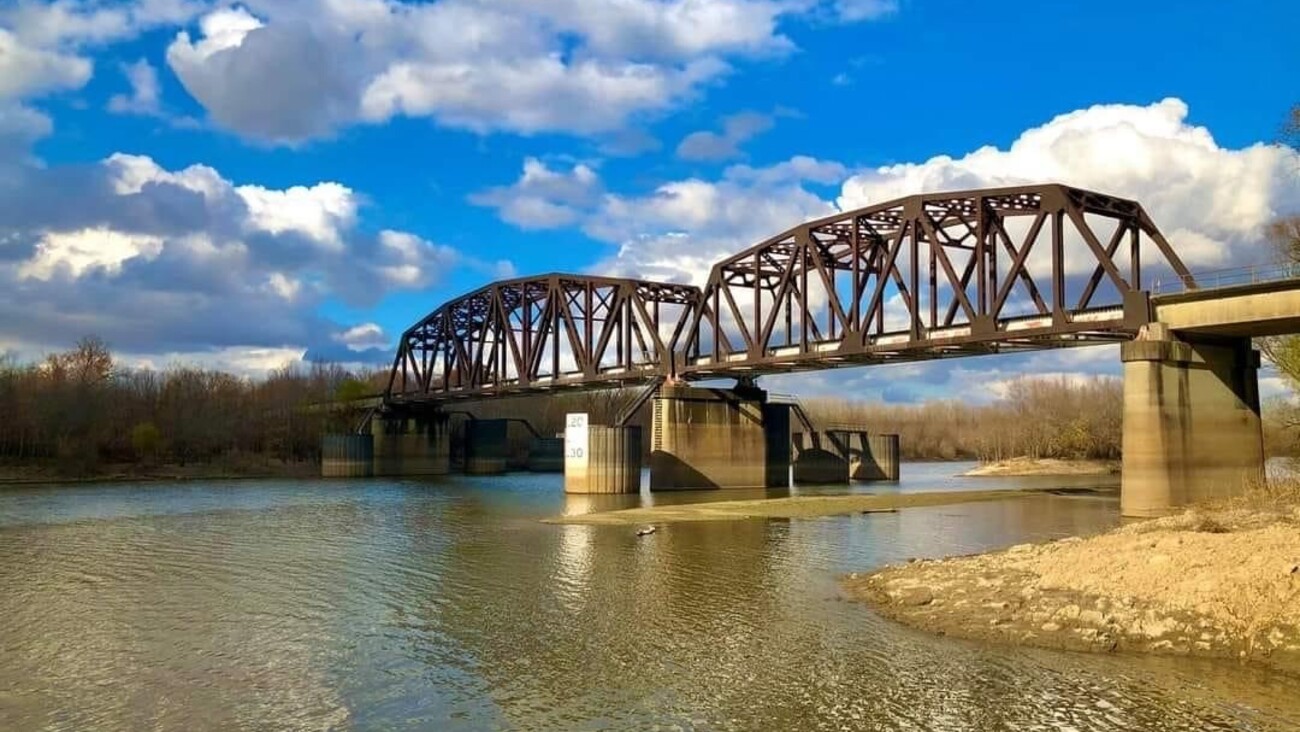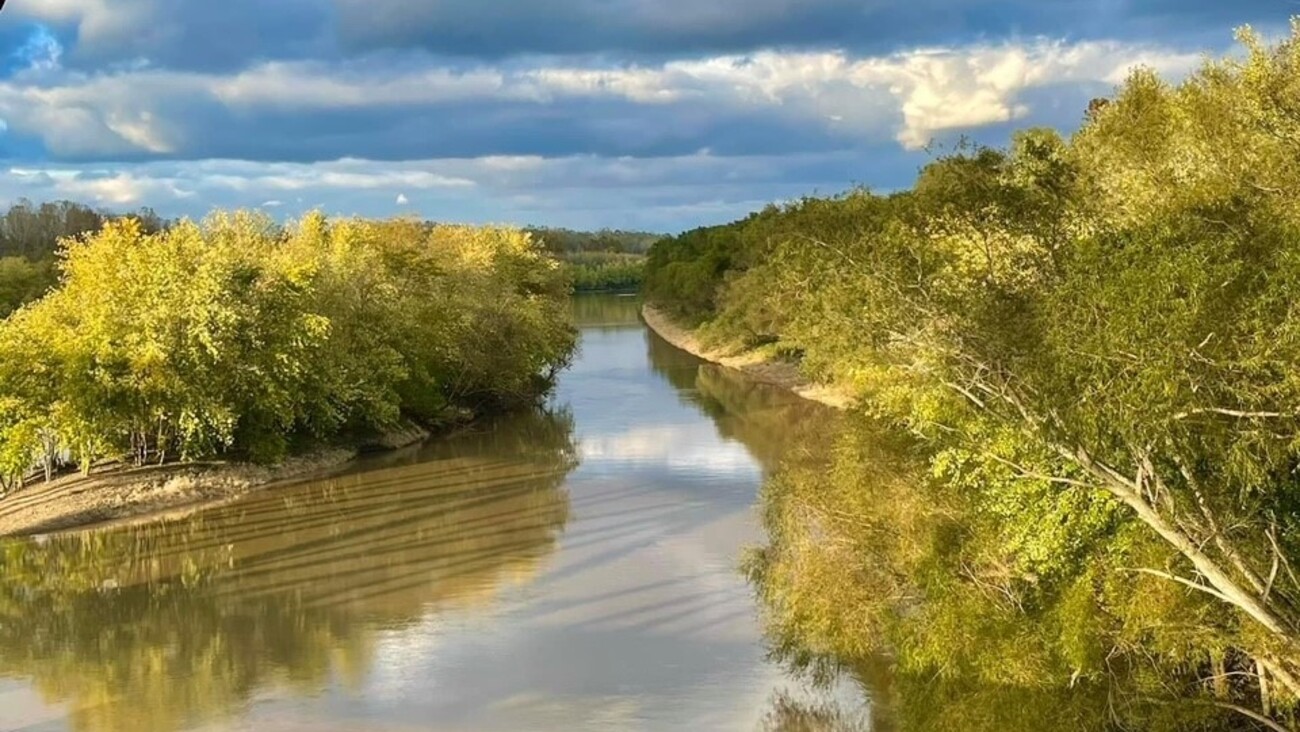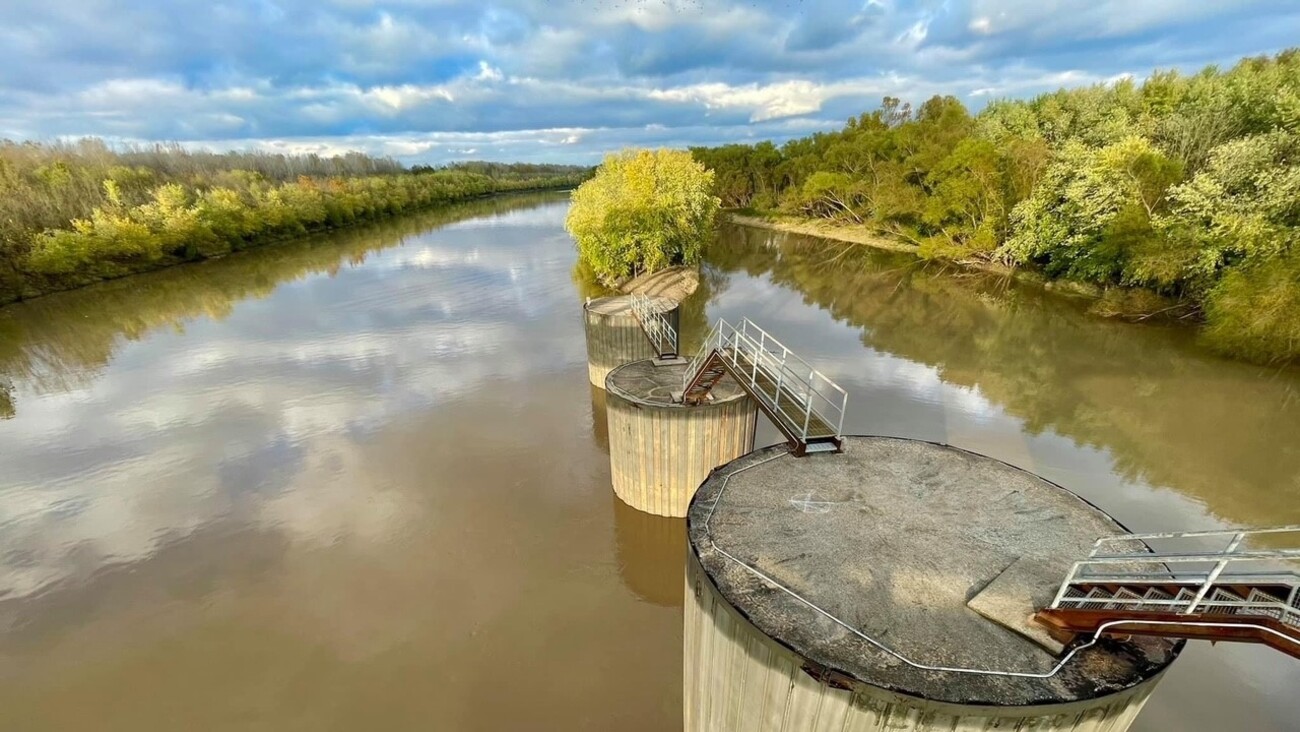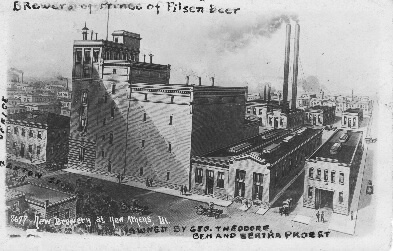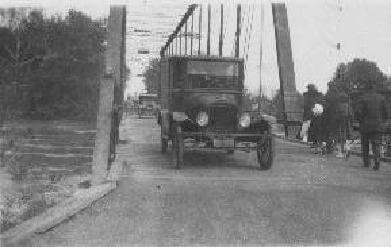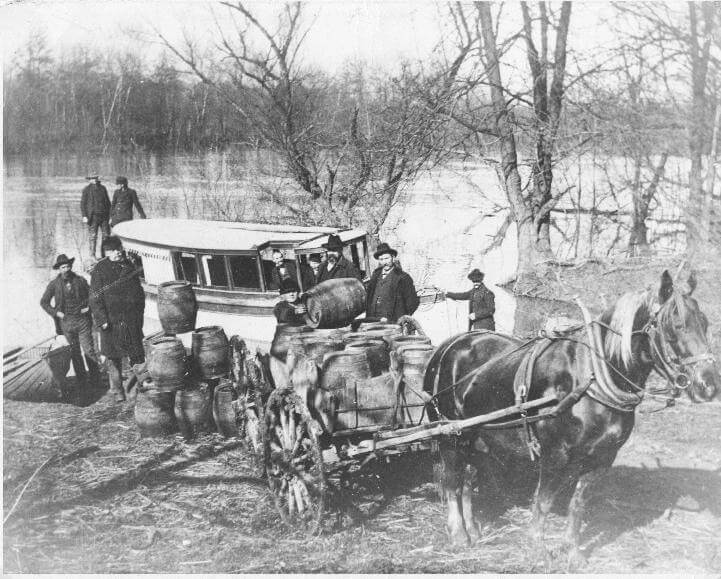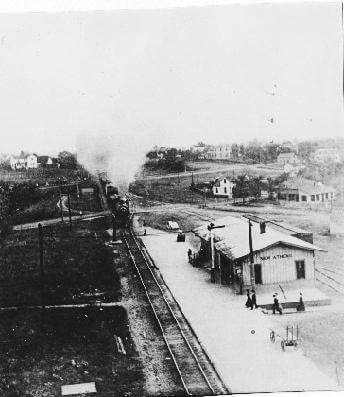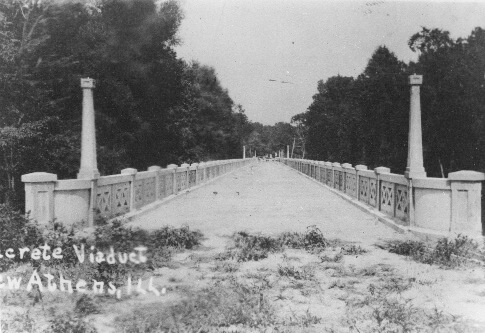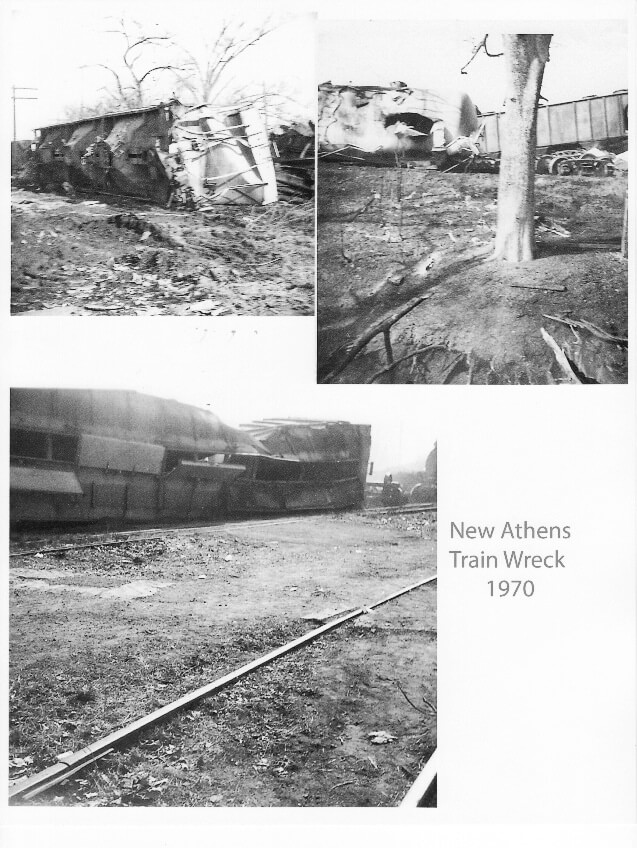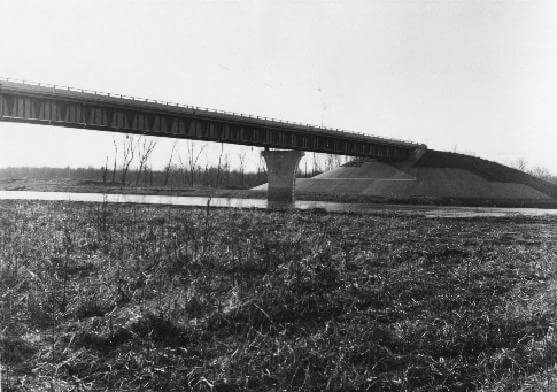History of the Village
History of the VillageLearn about New Athens rich, colorful history and heritage of a river village.
Early settlementTamarawa
In about 1817, Adam W. Synder and General James Semple laid out a town on the west bank of the Okaw River in the southwest corner of St. Clair County, Illinois. This was across the river from what is now New Athens, Illinois. These men were associated in politics, in the practice of law, and in land speculation. They named this land Tamarawa, to perpetuate the name and memory of the Tamarawa Indians who had formerly inhabited that region and the region westward to Cahokia. The Tamaraks were one of five tribes constituting the Illinois Confederacy, the other four being the Peorias, Cahokias, Kaskaskians, and the Michigamies.
This was a beautiful site situated on the high bluff sloping gently down to the river know as “Edgar Bluff.” This town was plotted in 48 blocks, each 300 square feet, divided into 12 lots, six on each side of an alley 20 feet wide. Streets that were 60 feet wide separated the blocks from each other. The town plat, certified to before John Murray, a Justice of the Peace in Belleville, was filed for record on the 21st of May 1836. The lots sold briskly
A small steamboat was brought up the Okaw River; it carried a barrels of whiskey, to which the crowd had free access, with lunch for all at noon. Several purchasers of lots began immediately to build on them. On one, a tavern was erected; on others were dwellings, storerooms, a blacksmith shop, and a schoolhouse. A flatboat ferry was established to cross the riverbank and a steam sawmill was built. By the close of the year, Tamarawa was quite a flourishing village. For two or three years, Tamarawa prospered and continued its growth. The Start - River landingIn about 1837, several businessmen from Chester, Illinois purchased a small steamboat. Among them were Sam Chandler, Narcisse Pensoneau, Tome Reynolds, Flanagan and Kraft Co., Holmes and Swanwich Co. The cost for the boat was $4,000. The carried 60 tons when fully loaded and drew 23 inches of water. They used their boat to transport cargo from St. Louis down the Mississippi to the town of Kaskaskia. The cargo was then transported upstream on the Okaw River, now known as the Kaskaskia River, to Tamarawa.
Looking for a better boat landing, Tom Reynolds, Pensoneau, Chandler, and others had decided to layout another town, two and a half miles upstream from Tamarawa on the opposite side of the Okaw River. The town was laid out in a perfect square consisting of 49 blocks, around a central community square. Each block had ten lots that measure 66 feet wide by 132 feet deep. The town was bound on the North by North Street, the South by South Street, the East by East Street and the on the West by Water Street, which ran along the banks of the river. Things were simpler then. They named the town “Athens.” In later years, the town was renamed “New Athens” to avoid confusion with another town in Illinois located near Springfield with the same name as “Athens.” Historical ValuesOne of the first businesses to open in the new town was a business that made bricks. A house built from some of the first bricks still stands today and was built by Pensoneau, and occupied by him. This house still stands at 1000 Belsha Street and was owned by the late Dr. Sidney Trappe.
Throughout the years, New Athens has been an anchor to the surrounding area. Agriculture remains as a vital link in the economy. Many coal mines operated in the area, including Peabody Coal, Pit No. 3 and Pit No. 6. While it operated, Pit No. 6, boasted the largest excavating shovel of it’s kind in the world. Other businesses that operated in New Athens included a stove factory, beer brewery, soda bottling works, and a creamery. While the coal mines and the factories have shut down, the community remains close knit and friendly. From casual conversation at the grocery store, restaurants, church gatherings, to the friendly wave of a passerby, the Village of New Athens offers an ideal setting to live and raise a family. Scenes From The Past
|
On this page |
New Athens Historical Society
To find out more about New Athens rich, colorful history and heritage, contact the New Athens Historical Society. Special thanks to the New Athens Historical Society and Ellen Kearns for compiling this information.


